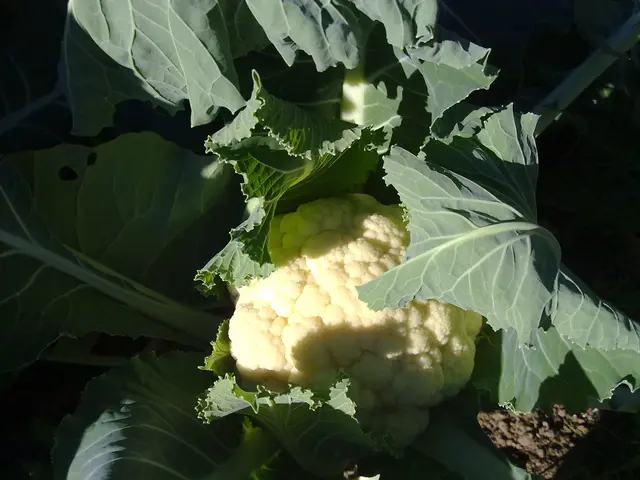Making Meals a Battle Royale? How to Turn Your Kid's Green Bean Aversion into a Green Love
- by Maria Kirady
- ⏱️ 6 Min Read
Transforming veggie dislikes in kids: Ready, set, convince! - Struggling with your child's disdain for greens?
It seems like kids were born with an innate aversion to healthy food, especially vegetables. Given the choice between a candy bar and an apple, a doughnut and spinach, jellybeans and Brussels sprouts, a child will usually pick the token for something sweet. A meal high in energy, albeit sugary, over a nutrient-rich vegetable dish.
- Healthy Eating
- Kids
- Vegetables
Gotta Grocery Shop 'Em All: Engage Kiddos in Choosing Fruits and Veggies
Involve children in the process of grocery shopping by allowing them to pick their own fruits and veggies. Engage them during meal preparation activities like washing produce, or sprinkling cheese on pizza.
Dinner Time: Make it a Party, Not a Battle
Add some fun to mealtime by arranging food into fun shapes or creating colorful meals. Host play kitchen parties or pretend picnics to practice making healthy meals.
Eliminate Distractions and Set Time Limits
Turn off the television during meals, remove toys, and set a timer to ensure meals are no longer than 30 minutes. This way, mealtime becomes an enjoyable experience rather than a battlefield.
The Slow and Steady Wins the Race: Gradual Exposure to New Foods
Offer a variety of foods at meals, including a "safe food" they're familiar with. Pair new foods with their favorite foods to enhance familiarity. Don't rush - it might take around 15-20 attempts before they grow accustomed to a new food.
No More Food Bribes: Break the Habit of Using Desserts as Rewards
Avoid compelling children to eat foods they don't like or using desserts as a reward. This can lead to overeating and unhealthy eating habits. Instead, set achievable goals and follow up with non-food rewards.
Once Upon a Time in a Food Forest: The Power of Storytelling
Read children's books about healthy eating habits and food. Invent characters like "Captain Carrot" or "The Cauliflower Crusaders" to make vegetables appealing.
Empowering the Next Generation: Teaching Food Literacy and Sustainability
Educate your children about the importance of nutrition and sustainability. Encourage them to understand food labels, make informed choices, and learn about the impact food choices have on our environment.
By introducing these techniques into your routine, you'll help children develop a more positive relationship with vegetables and cultivate healthy eating habits. Remember, slow and steady wins the race!
- Implementing a community policy that fosters a health-and-wellness focus in school cafeterias could preferentially promote the availability of nutritious food choices such as vegetables, aligning with the efforts of turn this policy into a school-wide initiative that supports science-backed nutrition.
- Encourage employers to adopt an employment policy that supports healthy eating by providing resources like meal subsidies for nutrient-rich options, or flexible work hours that allow employees to participate in health and wellness programs, thereby promoting overall health and productivity in the workplace.








